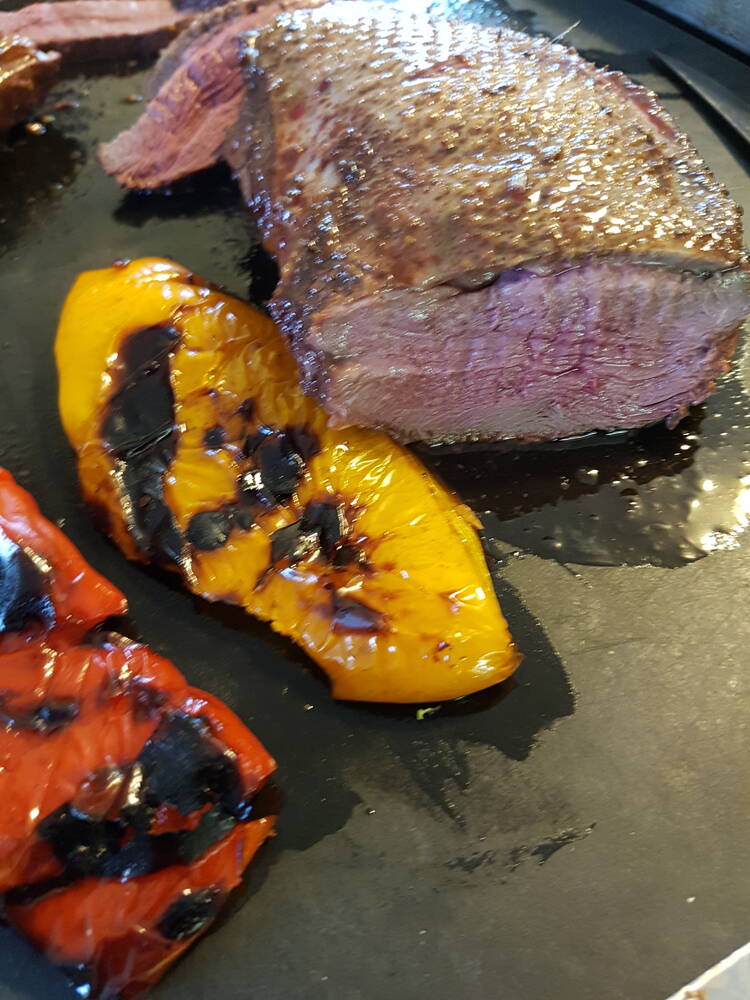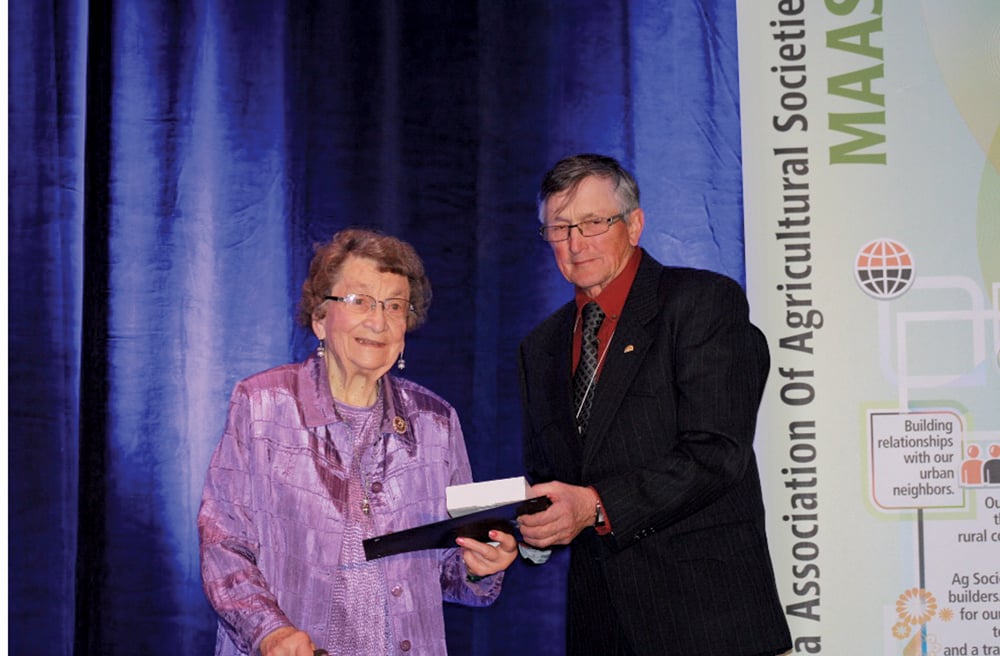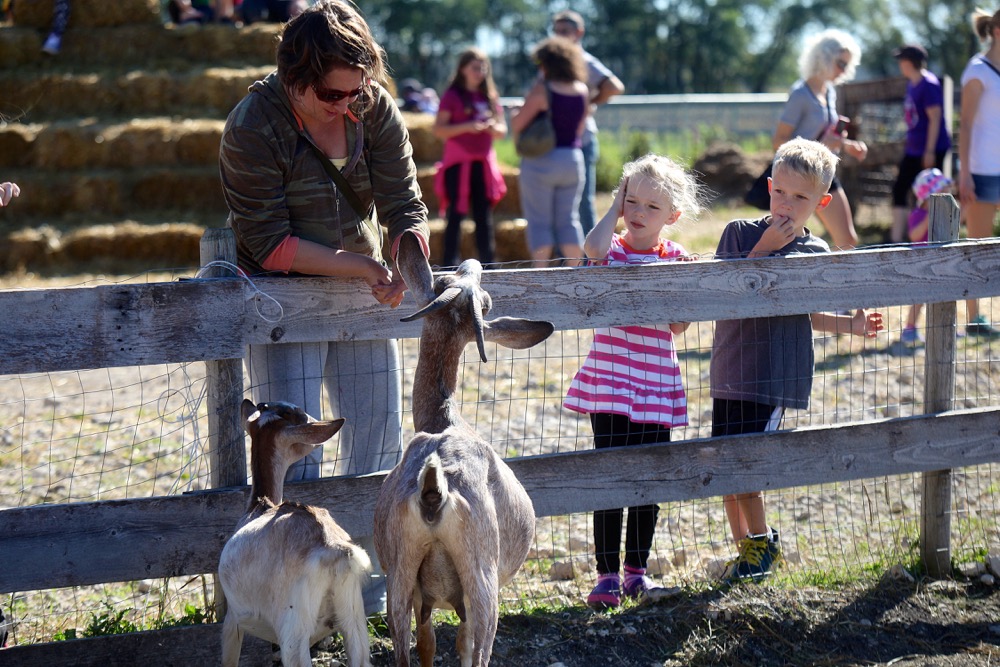What can agricultural societies do to rejuvenate their membership and help rebuild a sense of community in rural areas?
Think of yourselves in a new light and reach out to youth on their terms, says Peter Male.
Male took that message to the recent annual general meeting of the Manitoba Association of Agricultural Societies and spoke of how that approach revived his organization, the Pacific National Exhibition in Vancouver.
“In the end, really what you are is a socio-economic force that can affect the economy and the social lives of the people around you,” said Male, the exhibition’s vice-president of sales. “That is a powerful thing to be.”
Read Also

Giant Canada geese have gone wild in Manitoba
Giant Canada geese are seemingly everywhere and can be fine table fare for local hunters, but 70 years ago, they were borderline extinct.
Male was given the job of finding new attractions and year-round bookings to keep the 110-year-old venue “busy,” when he was hired in 1997. It was no easy feat, with a long-standing operating agreement with the city about to be phased out, the local NHL and CFL teams moving to new stadiums downtown, and the province questioning whether it should be in the fair business.
“The place was in a state of chaos. Change was overwhelming it,” he said.
Like many small-town agricultural societies, management had to face the facts and decide where its future might lie. The organization didn’t focus on its infrastructure (six massive buildings, livestock barns, and an amusement park), but instead searched for one “powerful” fundamental principle that would guide change.

“What are we in this marketplace?” said Male. “The common denominator was that we were a gathering place.”
“Bringing people together” became the guiding principle and was key to the revival of the exhibition, which now generates $40 million in revenue from 1,800 event days each year.
That approach is something ag societies in rural Canada need to consider and they should also look at how current trends can be harnessed, Male said.
For example, unemployed youth and those only able to find part-time work are a rich, untapped vein of volunteer manpower, he said.
But to bring them in, ag societies have to step outside their comfort zone and allow youth to participate in ways they want to — which today means digital and Internet technology. But it can lead to surprising and exciting outcomes, Male said.
For example, officials at the Walker Art Gallery in Minneapolis weren’t expecting much when they agreed to host an event screening silly YouTube videos of cats. But throngs of people showed up, many bringing their pets or dressing up as cats. There was also enthusiastic participation in a sculpture contest for cat carvings made out of butter and lard.
“They expected 300 to 400 people to show up, but the thing exploded on them,” said Male. “The entire crowd was chanting, ‘Cats, cats, cats!’”
The event ended up drawing 12,000 people, who paid $25 each to attend, and the Internet Cat Video Film Festival, originally devised as a means of maintaining event continuity at a time when their theatre was under renovations, is now booked solid until June 2014 for showings in Europe and Japan.
The older generation is the foundation of ag societies, but it can’t be an “island unto themselves,” and must find ways to engage youth, said Liz Roberts, superintendent of the provincial organization.
That may mean that a new event or initiative doesn’t have to be directly agriculture related, she said.
“(The PNE) is an agricultural society. Look at how they have rejuvenated themselves,” she said.
There is a tendency to do the same things over and over, while hoping for a different result, said Marlene Baskerville, the association’s executive director.
“You know the coffee shop talk: The world is a mess. They should do something,” said Baskerville.
To bring communities together, ag societies have to reflect the interests of the target groups, she said.
“If YouTube or short videos or whatever is the thing, how can a community create an opportunity for that to happen?” she said.
It’s easy to bemoan the fact that today’s youth spend every waking hour staring into glowing screens, she said.
But if technology is their current obsession, then maybe there’s potential for bringing it into the community event mix, through texting contests or organizing spontaneous “flash mobs.”
“You can’t problem solve your way into the future,” said Roberts. “Instead of seeing problems that need to be solved, we have to start seeing possibilities.”















